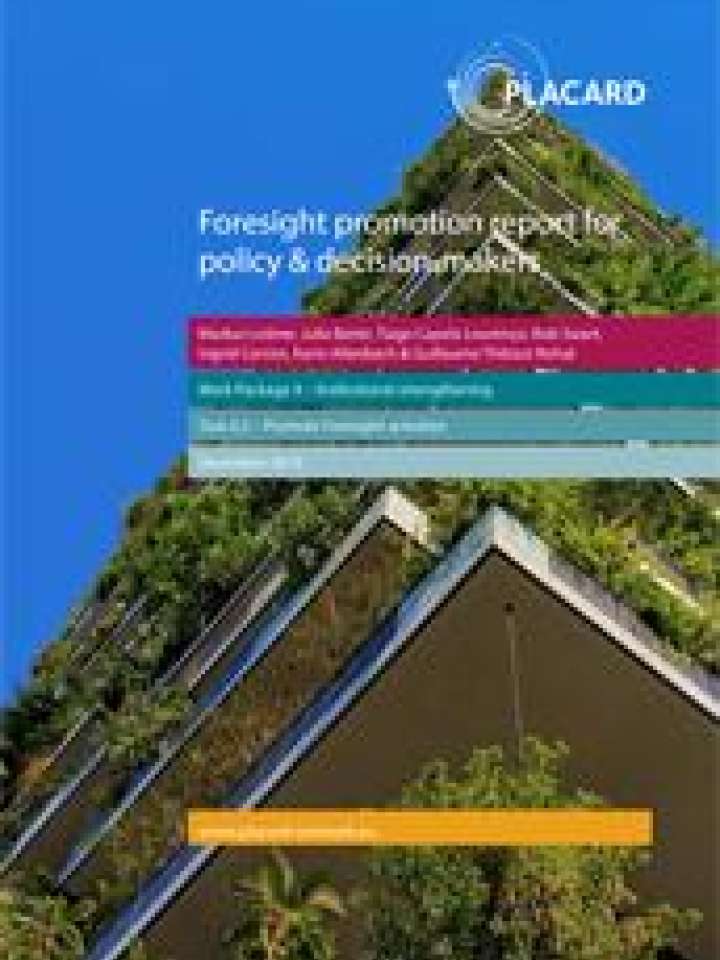Sustainable Development and DRR
DISASTER RISK REDUCTION AND THE SUSTAINABLE DEVELOPMENT GOALS
There are 25 targets related to disaster risk reduction in 10 of the 17 sustainable development goals.
- SDGs with Targets related to Disaster Risk
- Integrated monitoring of the global targets of the Sendai Framework and the Sustainable Development Goals
DOCUMENTS AND PUBLICATIONS
Disasters are taking an enormous toll on development prospects – conservatively estimated at US$314 billion per year in the built environment alone. Between 2005 and 2015, more than 1.5 billion people have been affected by disasters in various ways, with women, children, youth and other vulnerable populations disproportionately affected. If additional losses due to climate change were accounted for, the estimates would be even higher.
Without a radical change of course to address the economic and human costs of disasters, development gains will be significantly set back in affected countries, hampering the prospect of achieving the Sustainable Development Goals (SDGs).
GAR Special Report 2023: Mapping resilience for the Sustainable Development Goals
Disasters are reversing global development. Urgent action is needed to build resilience into every decision we make.
The UN Global Assessment Report on Disaster Risk Reduction (GAR 2023) highlights how resilience can be strengthened to withstand and respond to shocks. This includes investments in early warning systems where the benefits triple in vulnerable contexts because of their proven ability to reduce damage.
Access the report
The Sendai Framework for Disaster Risk Reduction 2015-2030 builds on achievements and elements established under its predecessor, the Hyogo Framework for Action: Building the Resilience of Nations and Communities 2005- 2015. The agreement introduces a number of important innovations, including a stronger emphasis on disaster risk management, as opposed to disaster management. The Sendai Framework underscores that disaster risk reduction is essential to achieve sustainable development.
This is echoed in the 2030 Agenda for Sustainable Development. Indeed, ten of the seventeen SDGs have targets related to disaster risk, firmly establishing the role of disaster risk reduction in realizing the 2030 Agenda for Sustainable Development.
Furthermore, in the Paris Agreement, adopted at the 21st Conference of Parties to United Nations Framework Convention on Climate Change in 2015, Member States committed to holding the global average temperature increase to well below 2°C above pre-industrial levels and to pursue efforts to limit the increase to 1.5°C, with the aim to “significantly reduce the risks and impacts of climate change”.
Disasters threaten development, just as development can create disaster risk.
Disaster risk reduction, as an integrating element within the 2030 Agenda for Sustainable Development, represents such a change of course. Integrating disaster risk reduction across global efforts in support of the 2030 Agenda for Sustainable Development provides a practical and tangible bridge between the development and humanitarian communities, as well as an important rallying point for key stakeholders, including civil society and the private sector, who are highly motivated and essential participants in reducing disaster and climate risk globally, regionally, nationally, and locally.


